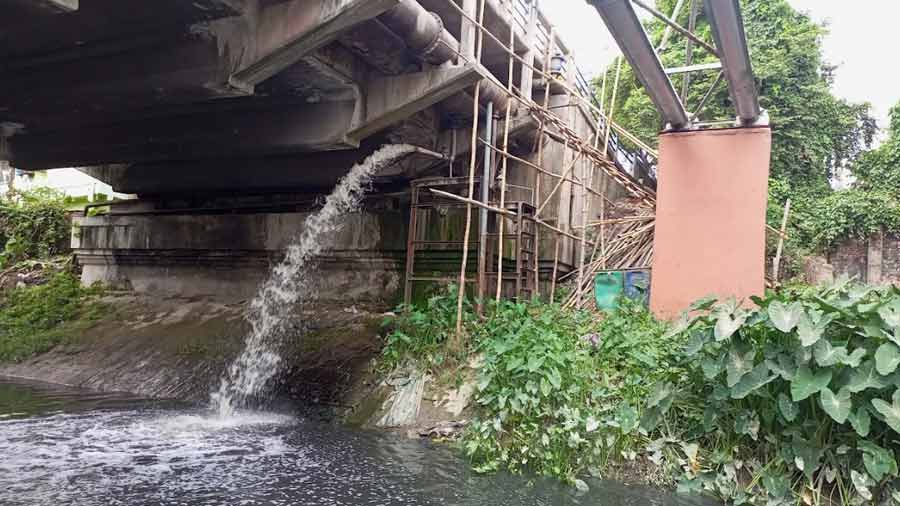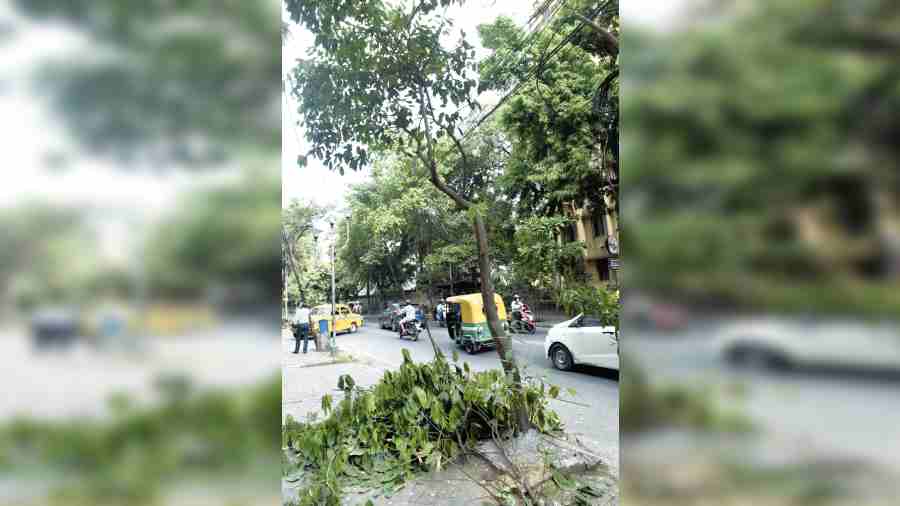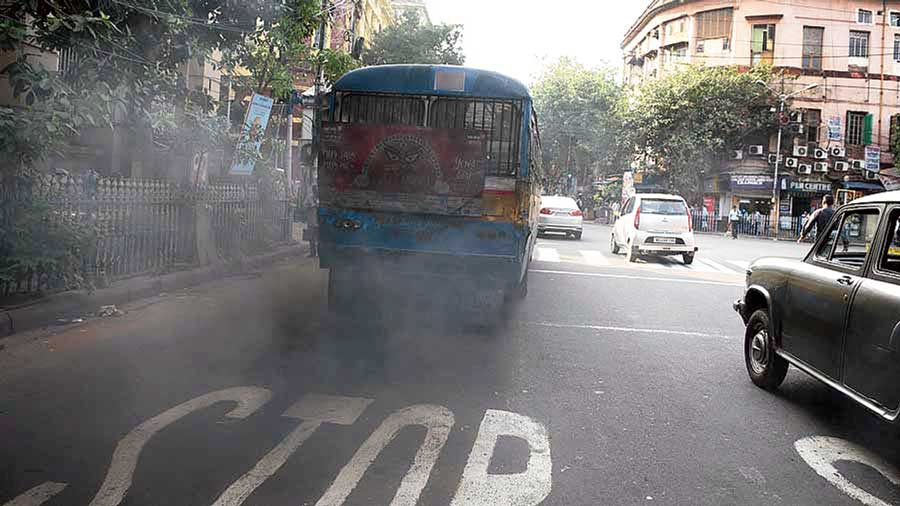Cowsheds, which were removed a few years back under the National Green Tribunal’s order for polluting Adi Ganga (also called Tolly’s Nullah), are back again along the river course.
On Wednesday, this reporter accompanied environmentalist Subhas Datta to get a firsthand look at the river stretch and found it as polluted as ever with a number of cowsheds dotting the riverine.
“In 2017, the state government informed the National Green Tribunal that the cowsheds had been shifted from the banks of Tolly’s Nullah. And subsequently, I personally visited and found that the cowsheds were actually removed. However, today we could all see that the cowsheds are back; I could spot about 15 such sheds on both the banks,” told Datta.
“I have been to Tolly’s Nullah several times and the pollution level, as seen today, seems to be at an all-time high despite hundreds of crores being pumped into its so-called rejuvenation,” Datta added.
The activist has recently written a letter to chief minister Mamata Banerjee opposing a proposal of West Bengal Housing Infrastructure Development Corporation to turn about 1km of the river stretch, from Alipore bridge to Kalighat bridge, into a drain with concrete pathways above it.
“Possibly, you are aware of the fact that by virtue of the order of the Hon’ble National Green Tribunal EZ (eastern zone) bench… one massive scheme has been undertaken by the NMCG (National Mission for Clean Ganga) to arrest the discharges of the untreated drainage & sewage water…in Adi Ganga,” wrote Datta reminding that the Kolkata Municipal Corporation is the nodal agency of the cleaning project of about 650 crores to be funded by the World Bank under the NMCG scheme.
While the debate whether the proposed drain should be constructed or not gathers momentum; there is no debate that the river stretch, deemed to be the main flow of Ganga three hundred years back, continues to remain as polluted as ever, if not more in recent years.
A senior KMC official admitted that about 200 crores have been sanctioned by several agencies over the years to clean up Tolly's Nullah; while another 650 crores under NMCG is expected to come soon.
“Where is the money going, in a drain?,” asked an environmentalist, tongue in cheek.
While visiting the river stretch this reporter made the following observations:
- The watercourse is extremely polluted, almost black in colour, apparently due to wastewater coming from several sources; this was despite the influx of high tide water diluting the pollution.
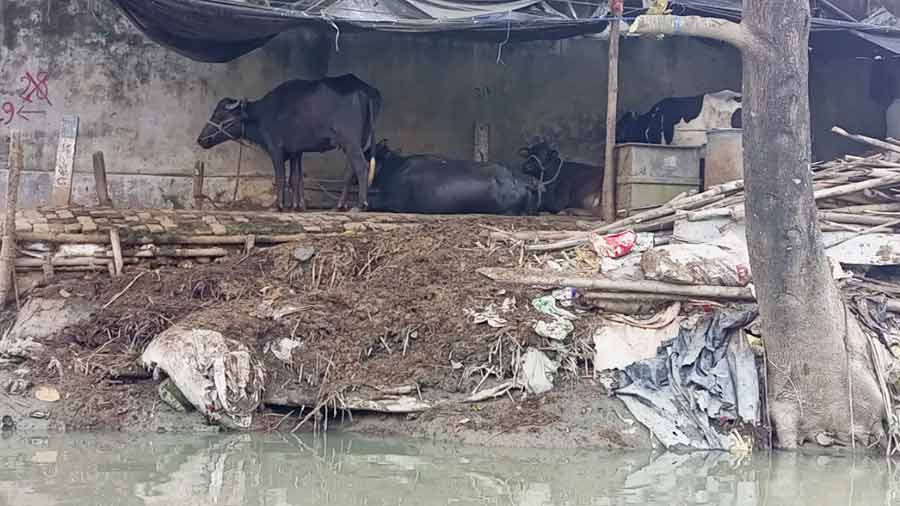
Jayanta Basu
-
At least 15 cowsheds dot both the banks within a 3km stretch, each with at least eight to 10 cows and all its waste mixing with the river.
At least 15 cowsheds dot both the banks within a 3km stretch, each with at least eight to 10 cows and all its waste mixing with the river.
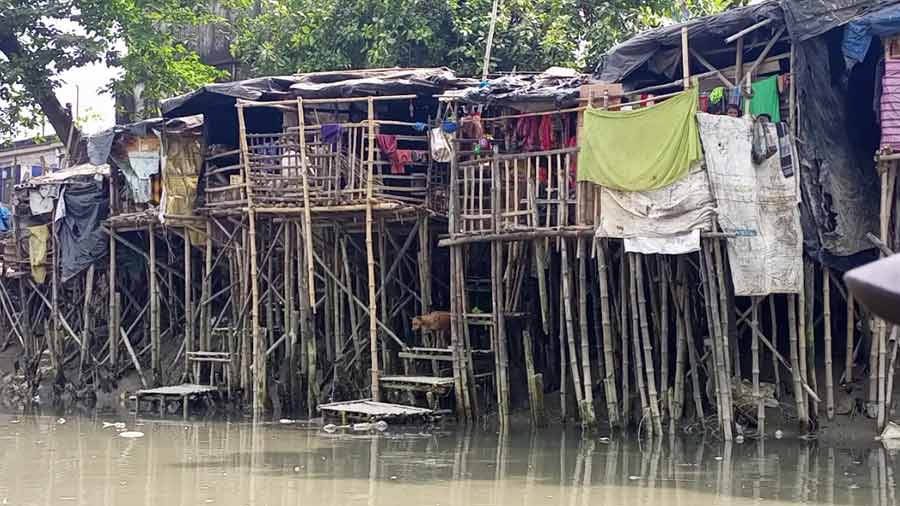
Jayanta Basu
- Many makeshift shanties are on the river with their waste going into the water.
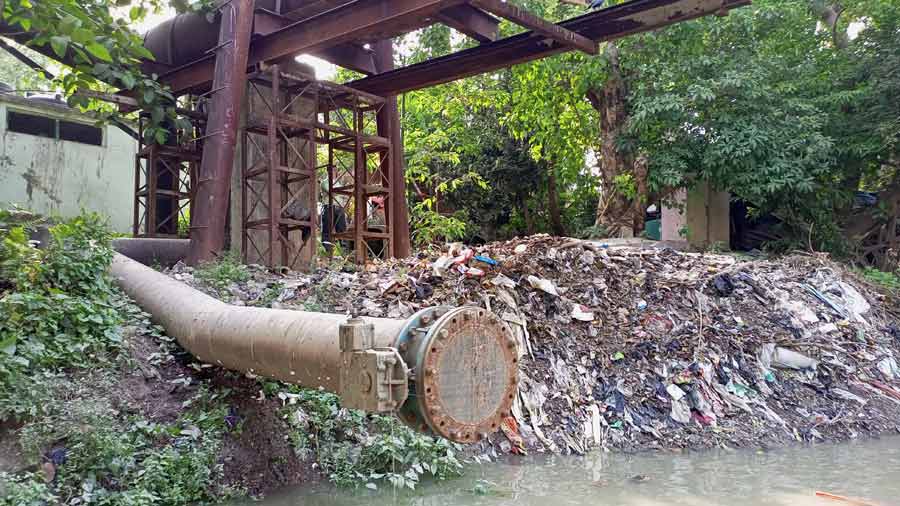
Jayanta Basu
-
Huge garbage dumps on both the banks, predominantly plastic materials. Plastics were also spotted on the river course.
Huge garbage dumps on both the banks, predominantly plastic materials. Plastics were also spotted on the river course.
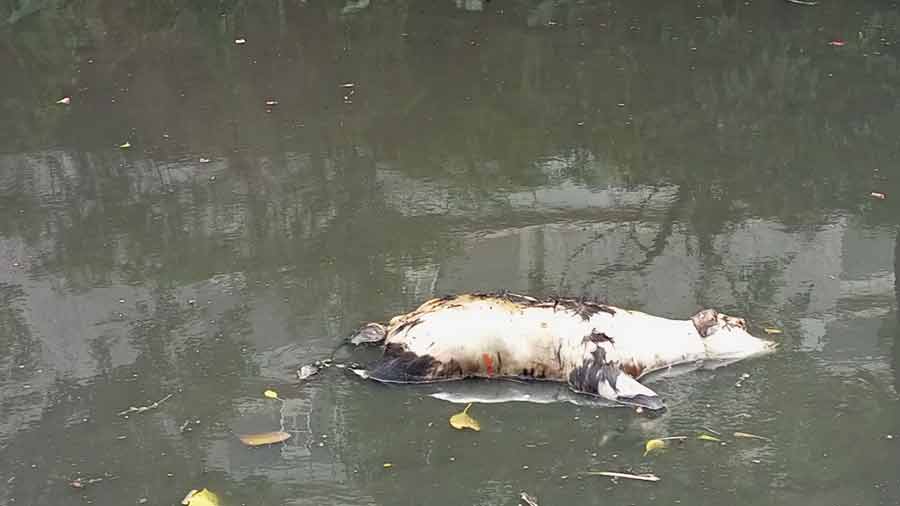
Jayanta Basu
- Animal corpses floating on the water.
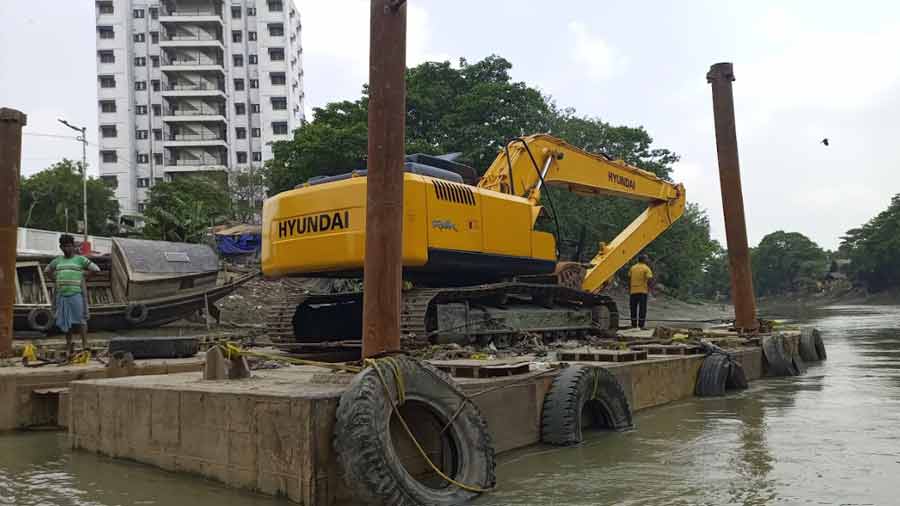
Jayanta Basu
-
The only example of administrative effort in cleaning Tolly’s Nullah seemed limited with a dredging operation in one place.
The only example of administrative effort in cleaning Tolly’s Nullah seemed limited with a dredging operation in one place.

Jayanta Basu
- Despite all the pollution, some parts of the riverine were abundant with natural beauty with greenery all around.
“Kolkata seems to be wasting a great resource,” said an urban planner with whom this reporter shared a few photographs.
